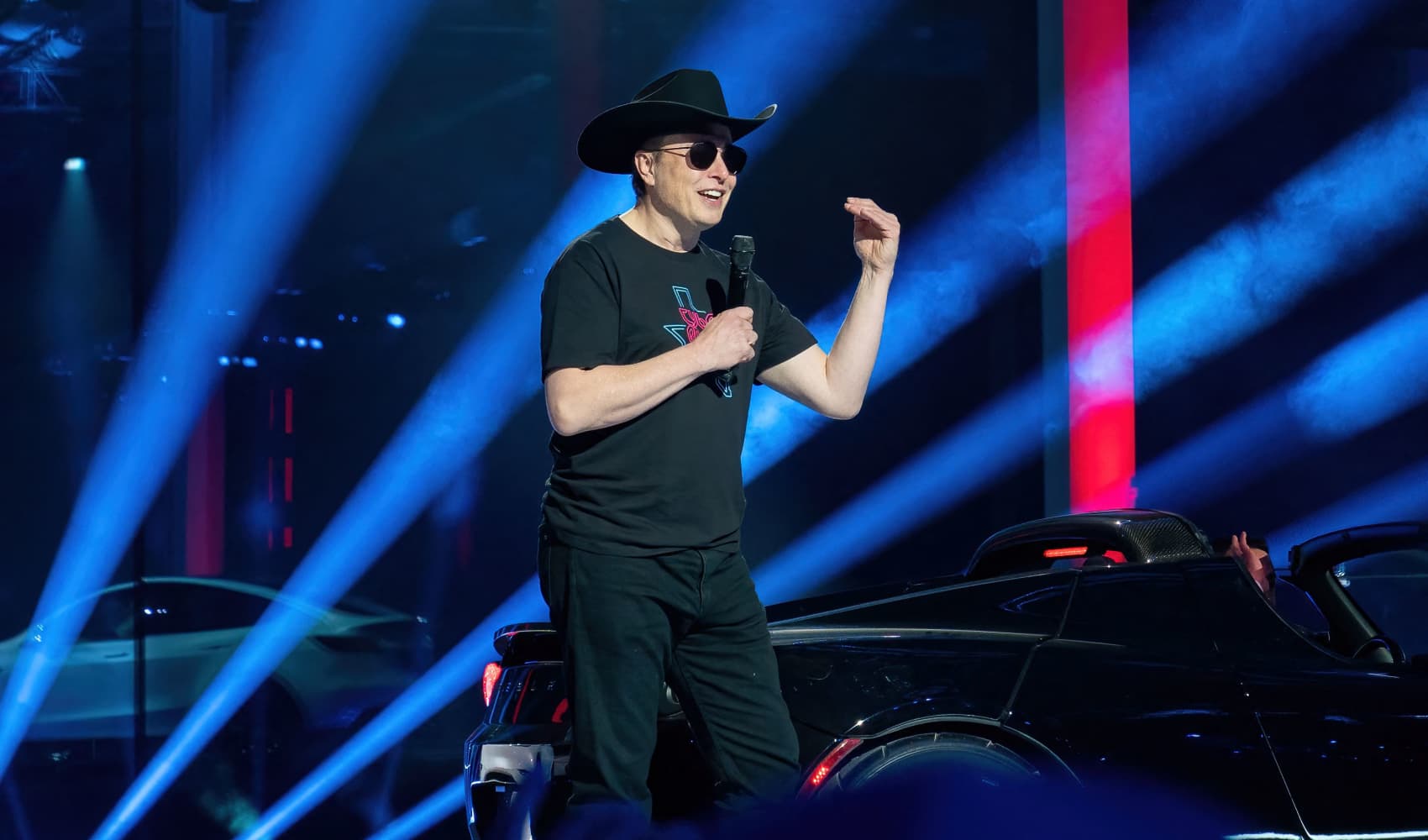The fatal shooting of a homeless man came less than a minute after San Francisco police arrived in their patrol cars in response to a report of a knife-wielding suspect.
The shooting Thursday morning of Luis Gongera, 45, came amid federal and internal reviews of the San Francisco Police Department's use of deadly force prompted by officers' fatal shooting of a young black man carrying a knife in December.
In particular, Chief Greg Suhr said the department has been grappling with how to respond to suspects carrying knives and other weapons that aren't guns, short of shooting them.
"We've been working very, very hard to try and figure out ways to contend with folks with edged weapons or other weapons," Suhr said Thursday an hour after the shooting. "Apparently this event unfolded very quickly."
A surveillance video obtained Friday by the San Francisco Chronicle shows just how quickly the incident turned deadly.
The clip shows three officers exiting from two arriving patrol cars and a marked SUV and walking off the right side of the frame. The officers can no longer be seen, but one is clearly heard yelling "get on the ground" three times in the first 15 seconds after arriving before yelling "put that down" a few seconds later. About 22 seconds after the first officer exited his car, a bean-bag gun can be heard cocking and firing four times. Immediately after the fourth shot, seven gunshots can clearly be heard.
Police say they have obtained a copy of the surveillance video and confirmed its authenticity, but declined to release it publicly.
Local
Commander Greg McEachern called on other witnesses who may have video recorded the incident to contact police. McEachern said witnesses have given conflicting accounts of whether Gongera lunged at officers with a large butcher's knife or if he had the weapon tucked into his waistband when he was shot.
Investigators with the SFPD and the city's district attorney's office will try to determine if the officers had reasons to fear for their lives or acted too quickly when they opened fire.
Even before the shooting Thursday, the department's deadly force policy was being scrutinized.
The U.S. Department of Justice agreed to review the department's policies and procedures after five police officers fired 20 bullets to kill Mario Woods, 26, on Dec. 2 in an incident captured on video and circulated widely online.
The Woods shooting prompted several protests and calls for Suhr to step down. A community meeting Thursday after the Gongera shooting turned into another demonstration against police deadly force.
DOJ spokeswoman Mary Brandenberger said the federal review of the department won't include an investigation of the Gongera shooting.
"However, it does include a review of the San Francisco Police Department's use of force training, policies and practices, including how the Department responds to and investigates use of force incidents," Brandenberger said. "In this context, this case will be included in the assessment."
The SFPD has also asked the Washington D.C. law enforcement think tank Police Executive Research Forum to help it overhaul its deadly force policy.
Chuck Wexler, the think tank's chief, said many U.S. law enforcement agencies are wrestling with the same issue of how to safely subdue a suspect armed with a dangerous weapon that is not a gun.
"This kind of thing is happens across the country," Wexler said. "It is a reflection of the type of training, or the lack of training, officers receive."
Wexler's organization has proposed 30 "guiding principles" that he says could sharply reduce the number of fatal police shootings if embraced.
Suhr says his department is trying to adopt some of those principles, including adopting the so-called "time and distance" tactic for dealing with knife-wielding suspects.
Suhr says that armed suspects that don't have guns are often subdues peacefully if officers remain patience and keep their distance from the danger.
The city's police commission is also revisiting its refusal to arm the San Francisco police with stun guns. San Francisco and Detroit are the only cities with populations of more than 500,000 that bar its police from carrying stun guns, which Suhr says is a mistake.
Suhr has said he believed the Woods shooting could have been avoided if a responding officer was allowed to zap the suspect into submission with a stun gun



